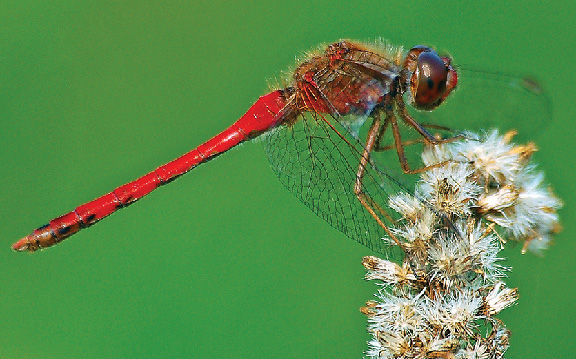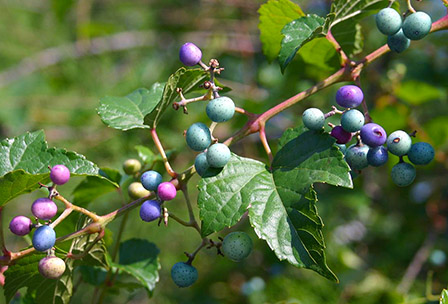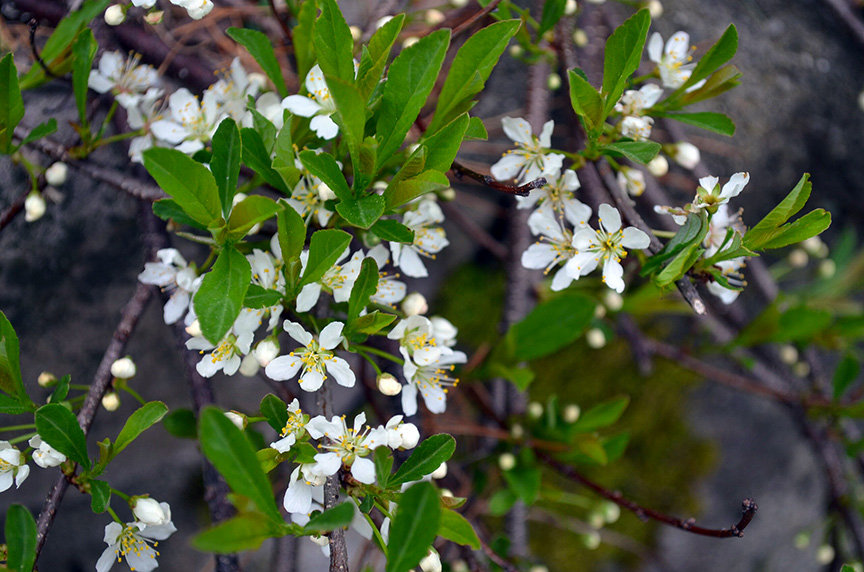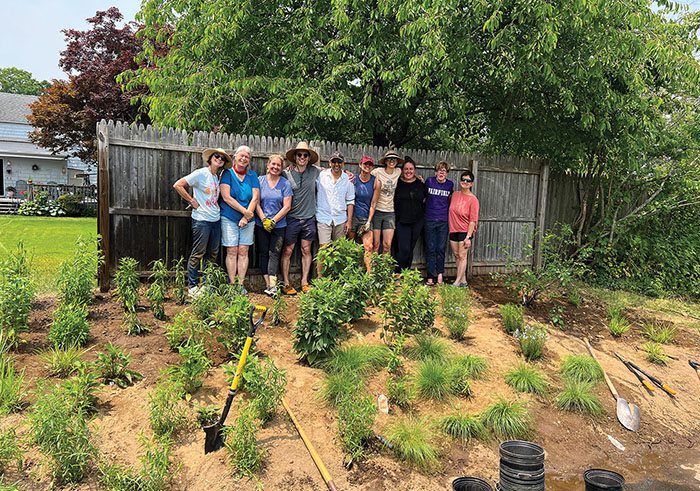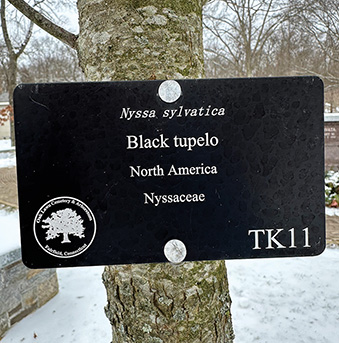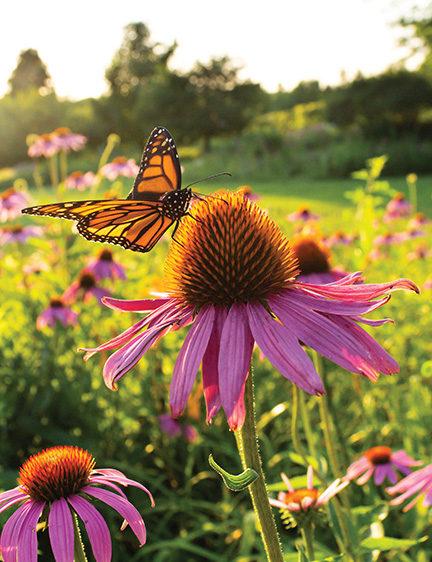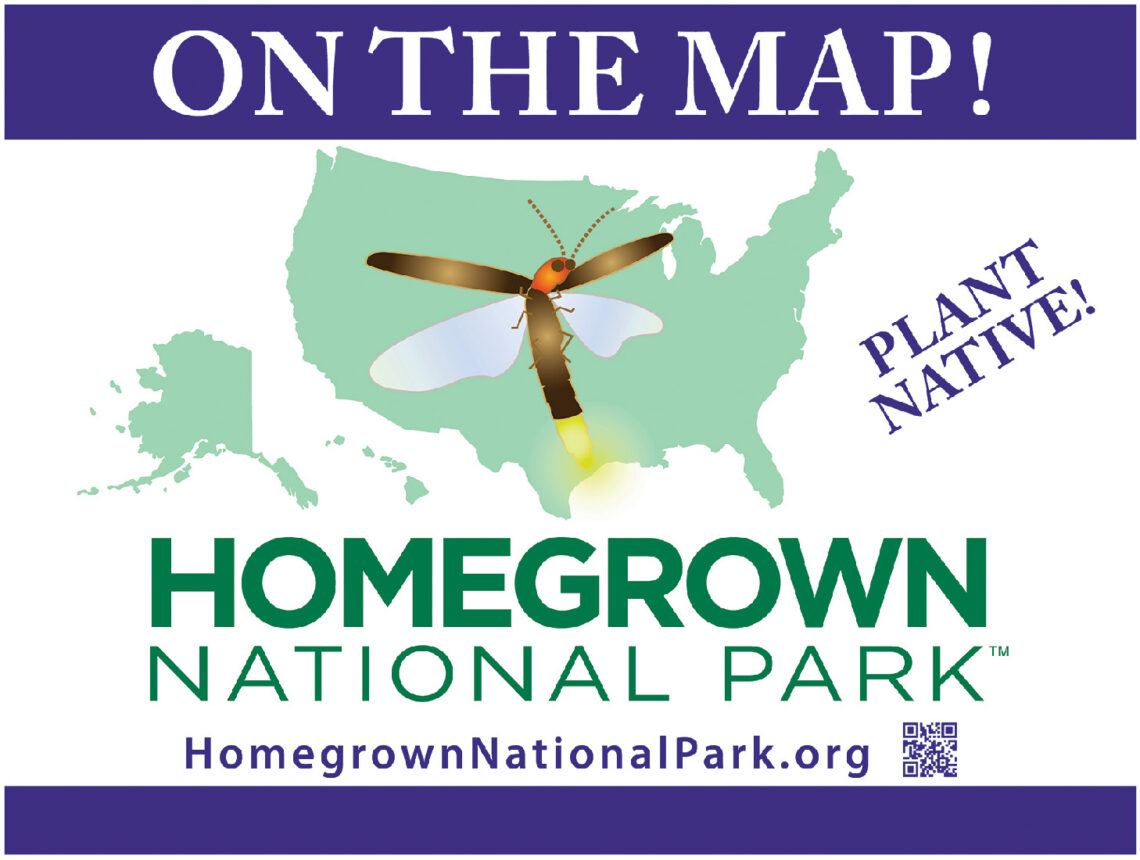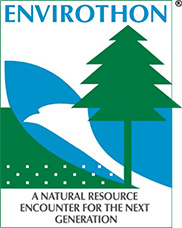European or “Praying” mantis (Mantis religiosa) has been the official state insect of Connecticut since October 1, 1977. The praying mantis is not native to Connecticut, however, as it comes from Northern Africa and Southern Europe. It was introduced in the United States in the 1890s as a way to control pests in the garden and is even kept as a pet. Unfortunately, this mantid also feeds on a large number of beneficial pollinators and other native insects, including caterpillars, moths and butterflies. It can consume prey up to twice its size. I have not been a fan of them since I was a teenager and stumbled across a description…
-
-
Official List of Invasive Plants Grows
By Will Rowlands We’re happy to report some activity by Connecticut’s Invasive Plant Council. They’re the group that makes recommendations to the Connecticut General Assembly on plants that should be added to the state’s official list of invasives. It’s been a while since we’ve seen any action. And the envelope please! The new additions to Connecticut’s official list of invasive plants are:• Mugwort (Artemisia vulgaris)• Porcelainberry (Ampelopsis brevipedunculata)• Japanese angelica tree (Aralia elata)• Quackgrass (Elymus repens)• Chinese wisteria (Wisteria sinensis)• Japanese wisteria (Wisteria floribunda) The changes are effective Oct. 1, 2024 and allow for a fine of not more than $100 per plant. Callery pear (Pyrus calleryana) will be added…
-
A Native Sprawling Sand Cherry
Sand Cherry (Prunus pumila) is a deciduous shrub native to North America. In the U.S. it can be found on the East Coast from Maine to Pennsylvania. It tends to grow in sandy locations such as beaches and dunes. Prunus pumila var. depressa ‘Gus Mehlquist,’ is a sprawling variety of sand cherry that was an Arnold Selects introduction in 2022. Its name honors University of Connecticut plant breeding and biology professor Gustav Mehlquist (1906-1999). The Arnold Arboretum describes its discovery as follows: “On May 4, 1990, Harvard University research scientist David Boufford and Robert Nicholson, then Arboretum assistant plant propagator, found an extremely low-growing sprawling sand cherry (Prunus pumila var.…
-
Of Cultivars, Nativars & Varieties
By Will Rowlands We’re hearing a lot these days about “native shaming” and even “cultivar shaming.” It’s even become a meme. People are getting grief if they plant anything other than natives. Some are even catching flak if they use anything besides “straight-species,” “true native” or “wild type” plants in their gardens. It’s gotten to the point where growers are wary of using the term cultivar or nativar. Just to be clear, we are proponents of native plants, organic gardening and biodiversity and have been since we took over the magazine in 2010. We are also opposed to the use of invasive or genetically engineered plants. Even so, we find…
-
Lindbergh Community Garden
By Erica Donigan It was early spring of 2023, and neighbors on unassuming Lindbergh Court in Fairfield, CT, were gathered outside on a brisk weekend morning. They chatted and caught up, and noticed the slightly overgrown grassy slope, that had become more and more difficult for its owners on Fairfield Place to maintain. A stretch of three Fairfield Place properties back all the way up to Lindbergh Street with a challenging-to-care-for and inaccessible 12-foot-deep grassy slope behind their backyard fences. That grassy slope side behind their fences is the center of the neighborhood where Lindbergh Court meets Lindbergh Street, where block parties ensue and where neighbors gather as kids bike…
-
Creating an Outdoor Tree Museum
By Charlie Stebbins An “Arboretum” is an outdoor “tree museum,” open to the public and offering a verdant sanctuary of quiet and beauty. With forests worldwide threatened by development, invasive pests, diseases, and plants, plus poor management practices, the need for quality “arboreta” was never so pressing. Fortunately, the expanding community of tree-loving enthusiasts grows increasingly strong! Arboreta have been around since Roman times and today they total about 4,000 globally. Botanical gardens feature herbaceous flowers and grasses, while trees and woody shrubs are the stars in an arboretum. Long ago, arboreta were simply “places of trees,” randomly arrayed in old cemeteries, universities or municipal parks. Documentation, landscape legacy, and…
-
Tiny+Wild
Graham Laird Gardner’s new book, Tiny + Wild, is an excellent introduction to mini-meadows, sometimes called micro-prairies. Meadows are all the rage these days but not everyone has the space, time or money to create large meadows. The answer? Mini-meadows. I first became enamored of miniaturization when I visited the Miyawaki Forest in Cambridge, Mass., essentially a mini-forest. The concept? Plant a bunch of native plants tightly together and create a forest quickly. We can do the same thing with meadows and we can do it pretty much anywhere … hell strips, fence lines, patios, around your mailbox or stoop. You can plant them in the ground, in raised beds,…
-
Understanding Monarch Movement
By Dr. Kelsey E. Fisher Monarch butterflies (Danaus plexippus) are a charismatic species known for their characteristic orange and black coloration and annual migration from Mexico to Canada. Monarchs overwinter in Central Mexico huddled together in high elevation oyamel fir trees. Throughout the spring and summer months, monarchs undergo a multi-generational northern migration through the United States and into Canada. [The lovely photo of an adult monarch on a purple coneflower was taken by Jacqueline Pohl from Iowa State University.] During the summer breeding period, monarchs are widely distributed across the United States and Canada, where adult females lay eggs and caterpillars feed on their obligate host, milkweed (Asclepias spp.).…
-
Is Your Yard on the Map?
By Kathy Connolly Millions of people will flock to national parks this summer, anticipating the oceanside cascades at Acadia, the wildlife at Yellowstone, or the views at Shenandoah. All these worthy destinations delight their visitors at the same time as they preserve extraordinary elements of the natural landscape and provide wildlife habitat. But, according to some ways of thinking, the national parks are more like nature museums than nature itself. One of those thinkers is Dr. Douglas Tallamy, whose 40 years of research have aimed to understand how insects interact with plants and how such interactions determine the diversity of animal communities. He is probably familiar to many Connecticut Gardener…
-
Connecticut Envirothon
By Jean Laughman As a subscriber to Connecticut Gardener, of course you are a gardener! You may be a hobbyist, botanist, horticultural professional, educator, landscape designer, landscape architect, scientist, etc., and there was a path that led you there, and likely a spark that set you off on the journey. Your childhood experiences outdoors, exposure to friends and relatives who gardened, and lessons learned both inside and outside of school probably contributed to making you the gardener you are today. So how can we assure that knowledge and experience is passed to the youth of today? According to Learn.org, statistics from the US Labor Department predict a 9% growth in…
